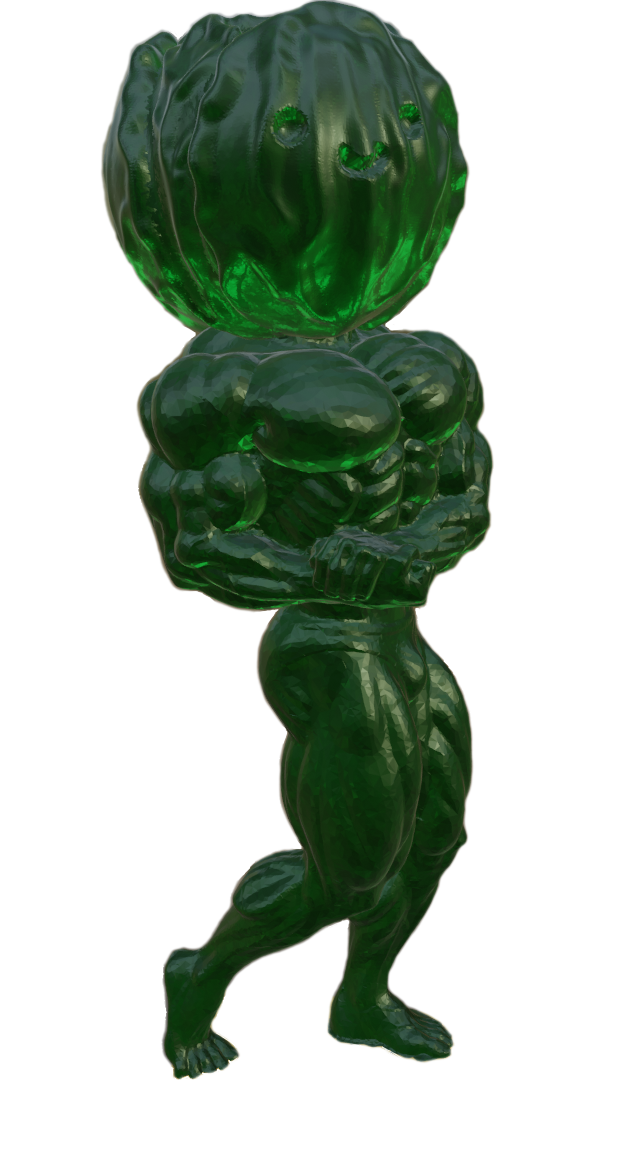Hello, I am new to guitar (3 weeks) and I am practicing every day (a bit too much some days which could be exacerbating) and I have pretty small hands. I think my middle finger measures about 3 inches.
I played a lot over the past few days and my left hand (fretting hand in my case) is sore not in a good way I don’t think. I kind of have to contort my hand if I am up near the head stock fretting 1 and 4.
I am not discouraged. It seems like all youtube videos just say don’t give up with small hands, not exactly helpful. I’m plenty motivated and want to keep going but I don’t want to injure myself.
So all that to say any advice on being able to fret well by the headstock with small hands? I also think my wrist is not in a healthy position but I can’t reach my fingers far enough apart without doing some hand yoga.
I have smaller hands as well and I’ve only been playing about a year, I will tell you what I’m doing/have done to help with that:
- For me, holding the guitar in almost a “classical position” (roughly a 45 degree position) helps a lot. It gets my wrist and palm at a better angle and helps with any pain while also giving my fingers the best possible reach. Experiment with positions to help you get your hands and the guitar as comfortable as possible to avoid wrist strain. A strap or a small cushion while sitting can also help you keep a position of choice when you play.
- I bought a guitar with a “Thin C shape” neck and that helps my playing a lot too. it allows my palm to sit a little flatter on the neck which in turns gives my fingers a little more reach, which deifnitely helps as you find your way through practicing. I can still use other guitars with a thicker neck, I have an Epiphone as well with a “50’s D shape” neck, but as I learn new things to do on the guitar I almost always start something new with one of my thinner C shape neck instruments to align closer to my preferred posture before moving to another neck type.
- Part of it really is just practice and time to get used to what you should be doing while playing to avoid any wrist strain. As you practice more you’ll realized what works and doesn’t work for your anatomy. Definitely anything you can do to avoid what feels like strain is important as well, I got a little overzealous recently with my hurt my wrist some due to bad posture and I should have been more attentive to the position I was holding the instrument in.
I hope this helps you, best of luck on your guitar journey. It can definitely feel like a struggle sometimes, even just figuring out how to properly hold a guitar took me a while and I’m still learning what’s best for my physiology. It’s been a wonderful year for me of learning, I personally learn pretty slowly but I’m enjoying myself so much.
Thank you! (assuming you are a righty) Do you rest the guitar between your legs more on ur left leg, and if so do you prop your leg up with anything?
I am a righty yes! Currently I put the guitar body in between my legs and use the pressure of them + the strap while sitting to help hold it into position. I plan on getting a guitar cushion to help a little more with the positioning while I’m sitting, if you search “Guitar Cushion” on Amazon or Sweetwater you’ll see the cushion I’m talking about.
Alright, I will give that a try next time I play and see how it feels.
What kind of guitar do you have? There’s a big difference in neck size between say, a classical guitar and an electric.
I didn’t even think to include that, I apologize. I have an electric guitar, I don’t know what the neck profile or scale length are off the top of my head but I can find them if I need. I think its maybe a 9.5 in radius?
All good. Just wanted to check you weren’t trying to play some beastly classical and thinking “what’s wrong with me?!” when the neck is a mile wide haha. You’ll probably be fine with most electrics, just give it time or refer to the other advice in the thread. You could go to a guitar shop and try a short scale guitar like a fender mustang/Jag - see if it makes a world of difference or not.
What does it say on the neck of the guitar?
Like the model of the guitar?
Having good form, like others have said, will go a long way. Some things about that which I didn’t see mentioned are: try to keep your thumb centered on the back of the neck and get the guitar in a position so that you can move your elbow outward, almost to the point that your hand is parallel to the fretboard. This will keep strain off your wrist and let your fingers stretch more easily. Another thing is, if you’re playing standing up, it’ll be much easier to play if your strap is short and the guitar is high. It might not look as cool, but you’ll see some real technical metal players do this because it really does help.
I’m not quite sure I understand what you mean by hand is parallel to the fretboard, do you mean perpindicular, oh or do you mean parallel with the frets themselves?
Yeah it’s hard to explain with words rather than visually. Check out how Ana Vidovic is positioned in this video: https://www.youtube.com/watch?v=inBKFMB-yPg
There’s almost no bend in her wrist, so her hand can stay relaxed.
Here is an alternative Piped link(s):
https://www.piped.video/watch?v=inBKFMB-yPg
Piped is a privacy-respecting open-source alternative frontend to YouTube.
I’m open-source; check me out at GitHub.
I’m having the same issue, kinda, when playing bass. The fingers are long enough, but at 50+ the joints aren’t that flexible anymore. I found the tips from bassbuzz on youtube useful, especialy on the fretting techniques.
Biggest improvements here were a correct setup of the bass (still need to setup the frankenfender), correct position of the bass/guitar and correct position of the hand/fingers while fretting. Some microshifting helps me a lot, as the pinky is my main challenge. (Not strong enough for pushing down the snares)
If you need inspiration to push through dexterity shortcomings on bass just watch Tal Wilkenfeld and try to adopt some of her techniques. She’s got small hands and plays unbelievably well. She does a lot of sliding to avoid stretches.
Thanks, that is a good tip. She shifts a lot and hold her thumb not in the middle of the neck, but more at the bottom to get the reach. That helps a lot. (was trying the latter myself, with limited success, need more practice)
@AstralPath @TheInsane42 His DVD with Tal on bass is fantastic.
Here is an alternative Piped link(s):
https://www.piped.video/watch?v=wdX6ly6ftUM&t=3s
Piped is a privacy-respecting open-source alternative frontend to YouTube.
I’m open-source; check me out at GitHub.
Alright, I’ll checkout bass buzz, do you remember the title of any specific videos you found helpful. I’ll definitely check out about microshifting! thank you!
(forgot to add, I did have the guitar set up by my local luthier)
I believe Fender Mustangs have a 24 inch scale, which might make things easier
I’ve thought about a shorter scale length but I’m really hoping to not have to go that route
I have small hands as well. But through the years I managed to get my hands flexibel enough.
But small scale length helps a lot. After 20yrs oft playing I bought my first fender Jaguar this year - with shorter scale length - and it is much more relaxing to play. Gibson scale lenght is also not as hard as the large Stratocaster scale. (Born to be wild or walk this way are good songs to test it)
Try to focus on having a good form. Maybe research how to correctly hold your hands. Strain on the wrist is definitely not good or nomal. Try t hold it a natural as possible.
Bigger hands make it easier to play notes far apart. But as someone with small hands aswell it is not impossible by anymeans. You definitely have to improvise when some tabs expect you to play notes 4 frets apart but it should not come with hurting wrists.
Try to get feel how you can hold your hand naturally focus on playing easier sheets without straining your wrist.
Alright, I will look into what good form is. I know I did at the beginning but I’m nearly certain what I have been doing to try and play is not right.
I also have pretty small hands. It gets easier when you have the right thumb position (even for easy chords like D, to make chord changes faster) and build up some strength and dexterity (exercises in the link below).
This is really good read: https://guitaristnextdoor.com/how-to-play-guitar-with-small-hands/
It also goes into gear stuff (scale length, thin and narrow neck, low action, lighter string guage, etc). Don’t know what you have, but I would definitely recommend starting with an electric instead of an acoustic, unless you really only want to play acoustic or don’t want to pay for an electric. It’s a lot easier if you don’t have naturally strong hands imo
It’s not mentioned in the article, and you’re in early days, but when you get into bar chords I recommend “strength training” on the guitar. Trying to hold the Fm chord (on the first fret) as long as you can, several times, with rests in between. But of course be careful, don’t hurt yourself
I have two electrics, I have a squire strat, and a made to order G&L ASAT Classic, I will checkout that article. I have noticed my thumb going sideways, parallel with the neck which is not correct from what I’ve seen so I do keep having to pull it back in.
In my opinion this sounds like normal discomfort when starting to learn.
I’ve found some good hand stretching exercises on YouTube, I’d suggest to stretch/massage your hands/wrist/fingers a couple times a day and really take your time and use good form when practicing. https://youtu.be/TSrfB7JIzxY?si=ZN6NSRwNqWqNRNC4
Justin, from Justin guitar, (definitely check him out if you haven’t already) recently did a series of videos where he taught himself to play left handed. One of his main take aways that stood out to him was the pain you go through when first learning. So don’t be discouraged it’s a normal part of learning, just make sure your using the best form you can manage.
Be kind to yourself and remember this is a lifetime journey, not a sprint to a finish line. Practice at least a little everyday and focus on building a solid foundation that you can expand on the rest of your life!
Cheers and good luck!
Here is an alternative Piped link(s):
https://piped.video/TSrfB7JIzxY?si=ZN6NSRwNqWqNRNC4
Piped is a privacy-respecting open-source alternative frontend to YouTube.
I’m open-source; check me out at GitHub.







